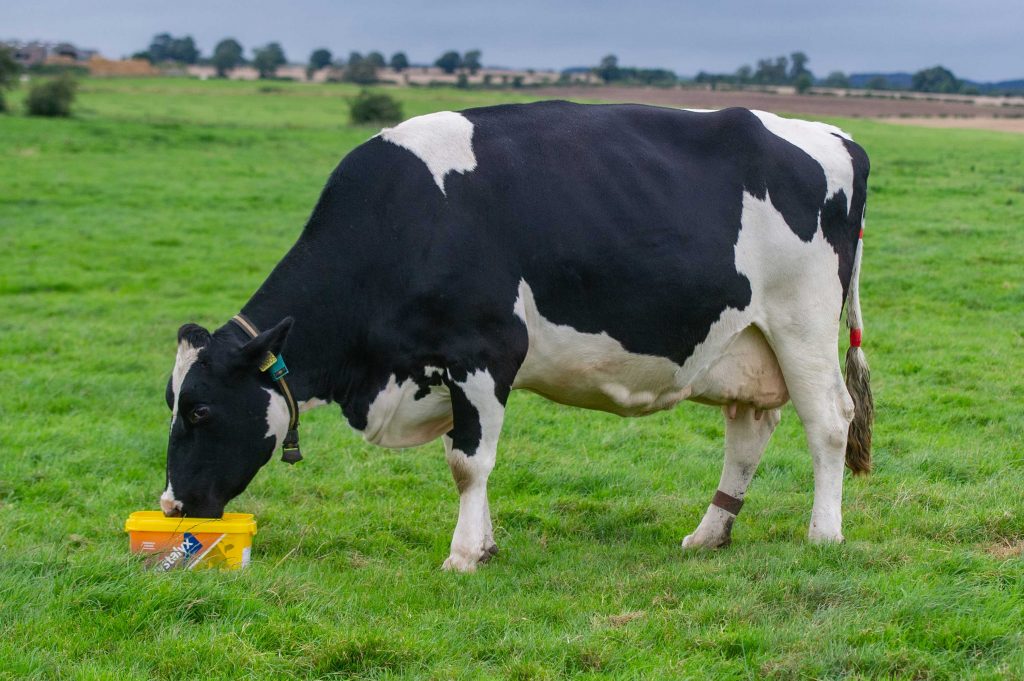Many cases of milk fever can be prevented, by ensuring normal blood magnesium levels are maintained in the dry period. This is particularly true of summer and autumn calving cows which spend their entire dry period at grass, often eating forages with a low available magnesium content.
Milk fever (parturient hypocalcaemia) means a lowering of blood calcium levels around the time of calving. Lack of calcium results in a loss of muscle activity, and it is no surprise therefore, that the clinical signs of milk fever are a lack of muscle function.
But a freshly calved cow suffering from milk fever, will not respond fully to calcium injections unless her magnesium status is satisfactory. Why? Magnesium helps control blood calcium balance (homeostasis) by increasing the efficiency of calcium absorption from the gut during periods of low calcium intake.
A cow need only be mildly hypomagnesaemic to greatly impair the efficiency of calcium absorption. A small reduction in blood magnesium levels can reduce the efficiency of calcium absorption and mobilisation by up to 40%. Research has shown many dry cows at grass have subclinically low blood magnesium levels. Some herds with severe hypomagnesaemia problems are particularly prone to milk fever, with the level of incidence approaching 80-90% after calving.
CRYSTALYX PRE-CALVER contains a unique blend of magnesium salts and because it is formulated with dehydrated molasses it provides a highly palatable source of magnesium (due to its high sugar content), which is readily consumed, even by cattle at grass. Furthermore, independent research conducted at Glasgow Vet. School has shown that the magnesium sources used in Pre-Calver have a superior availability within the cow (so the magnesium is more efficiently absorbed). This ensures that feeding CRYSTALYX PRE-CALVER significantly reduces the risk of milk fever– especially in cows calving at grass.
And because PRE-CALVER contains the full range of essential trace elements and vitamins often lacking in grass, the risk of other nutrient deficiencies is reduced, ensuring good calf health and vigour at birth.


